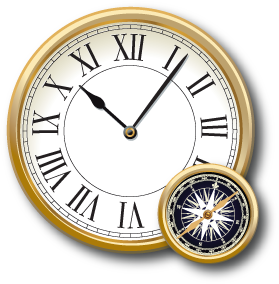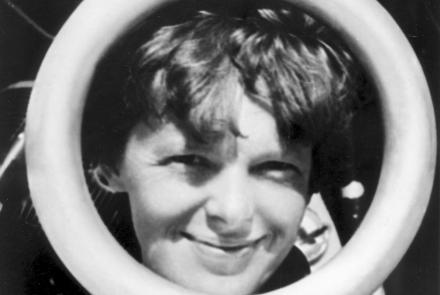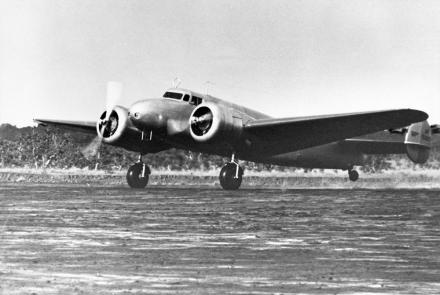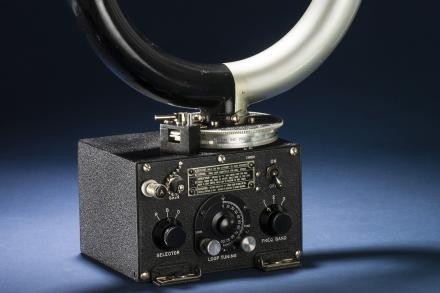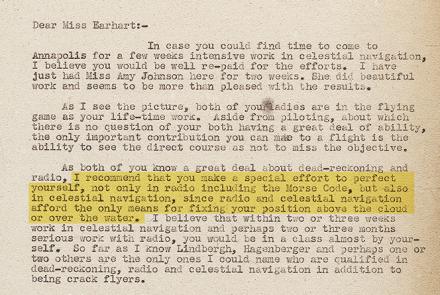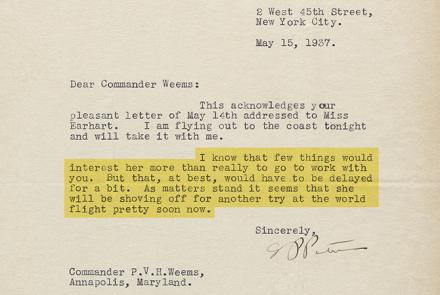During an around-the-world flight attempt in 1937, Amelia Earhart and her expert navigator, Fred Noonan, vanished in the South Pacific.
What Happened
The Lockheed Model 10E’s limited range forced them to use tiny and remote Howland Island as a refueling stop. Missing it would guarantee disaster. They overflew the Gilbert Islands, their best means of fixing position, in the dark. Their eastbound route led them into headwinds that cost them fuel. Clouds hampered their navigational sightings. Neither knew Morse code, critical for the ship-based radio direction finder system the Navy used to support their flight. The plane was poorly outfitted for navigation and long-range communication, and neither was well trained on the radio equipment they did have.
“[Fred] Noonan is the only one of Commander Weems’ students who has ever been lost at sea.” —“Baltimore Sun,” 1937
The Consequences
Their flight required an effective blend of dead-reckoning, celestial navigation, and radio direction finding, but poor planning, inexperience, and circumstance compromised all three. They never reached Howland Island and likely perished in the ocean.
Lessons Learned
The exact errors that caused Earhart and Noonan to miss Howland Island may never be known, but their disappearance served as warning to other aviators not to take navigation lightly.


